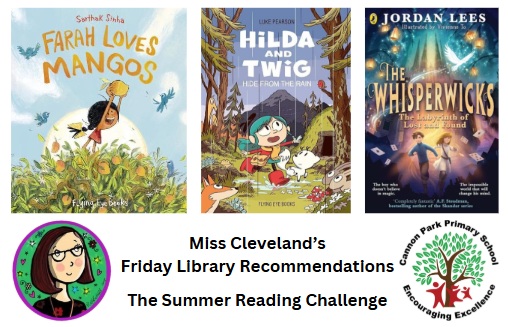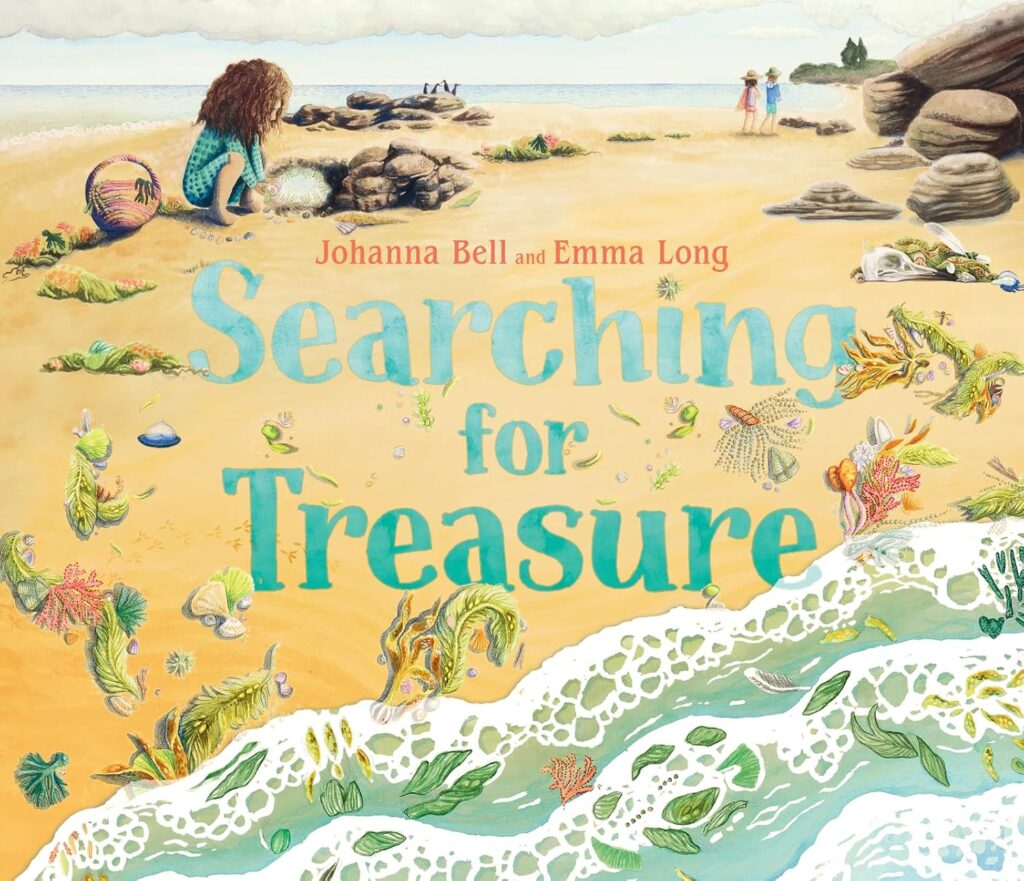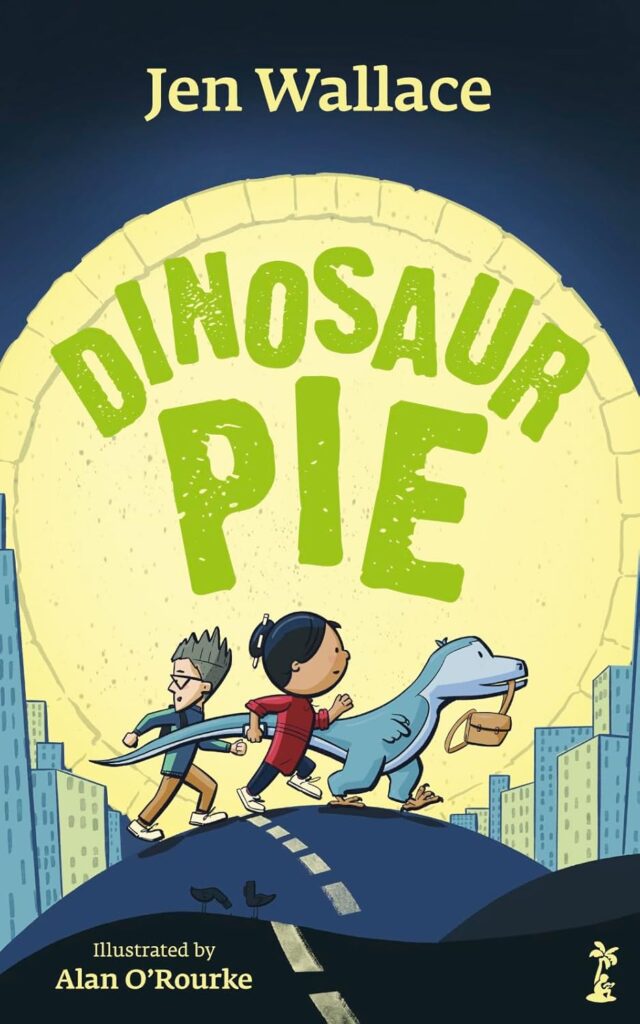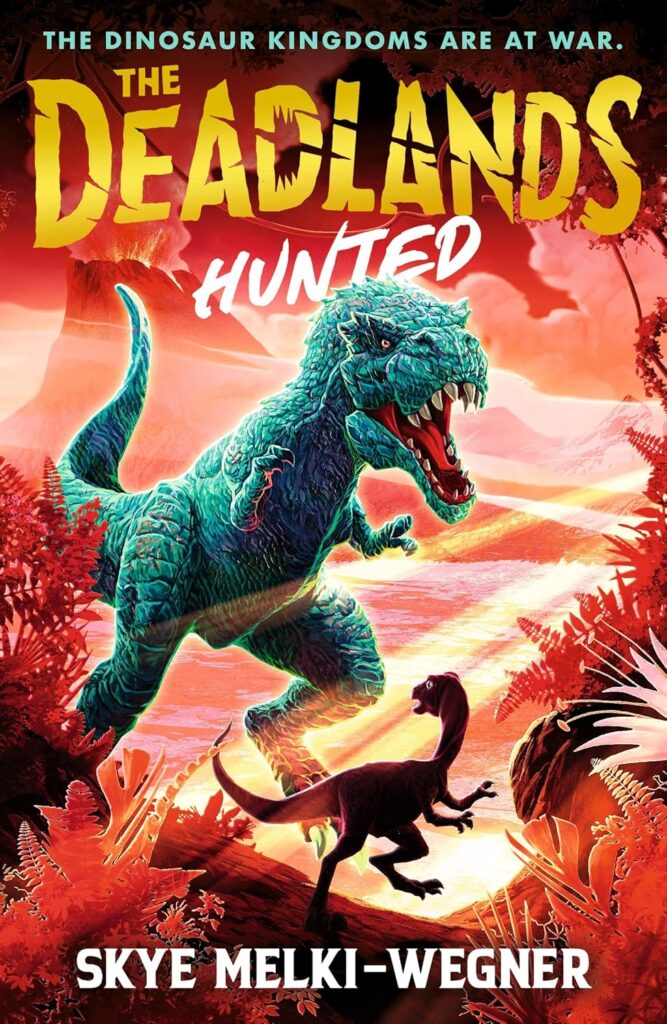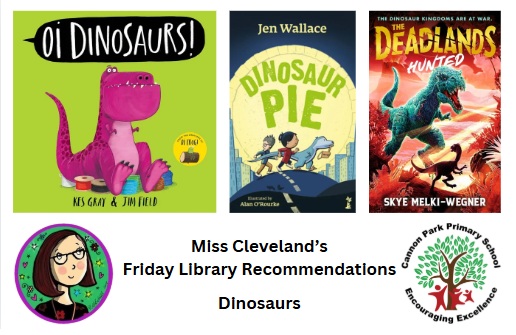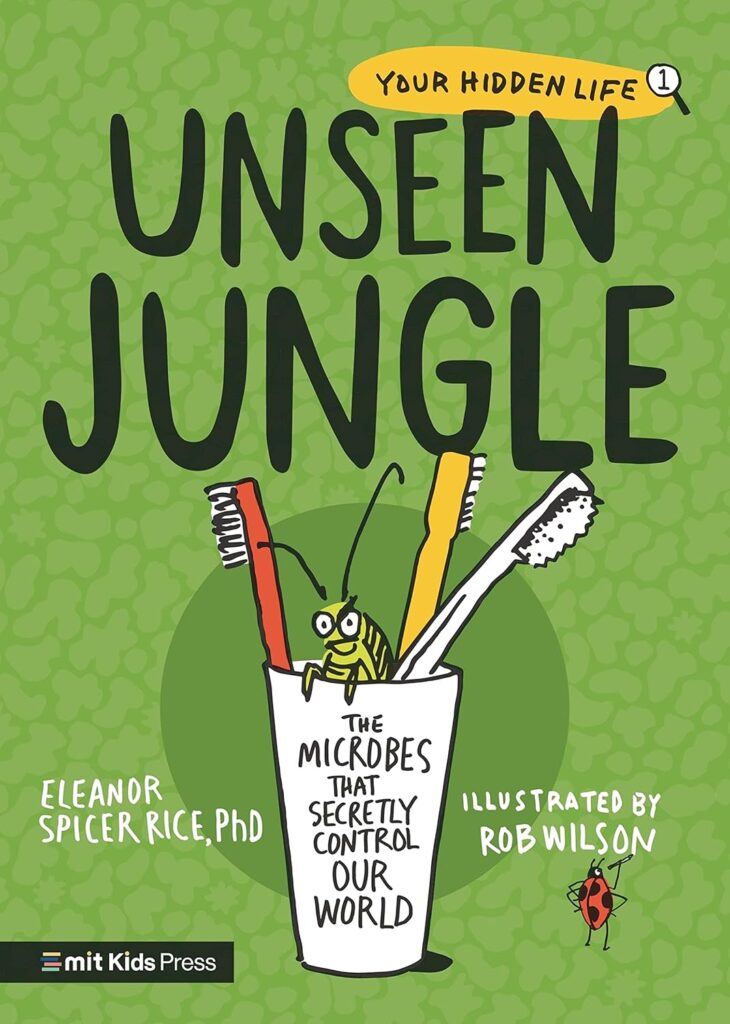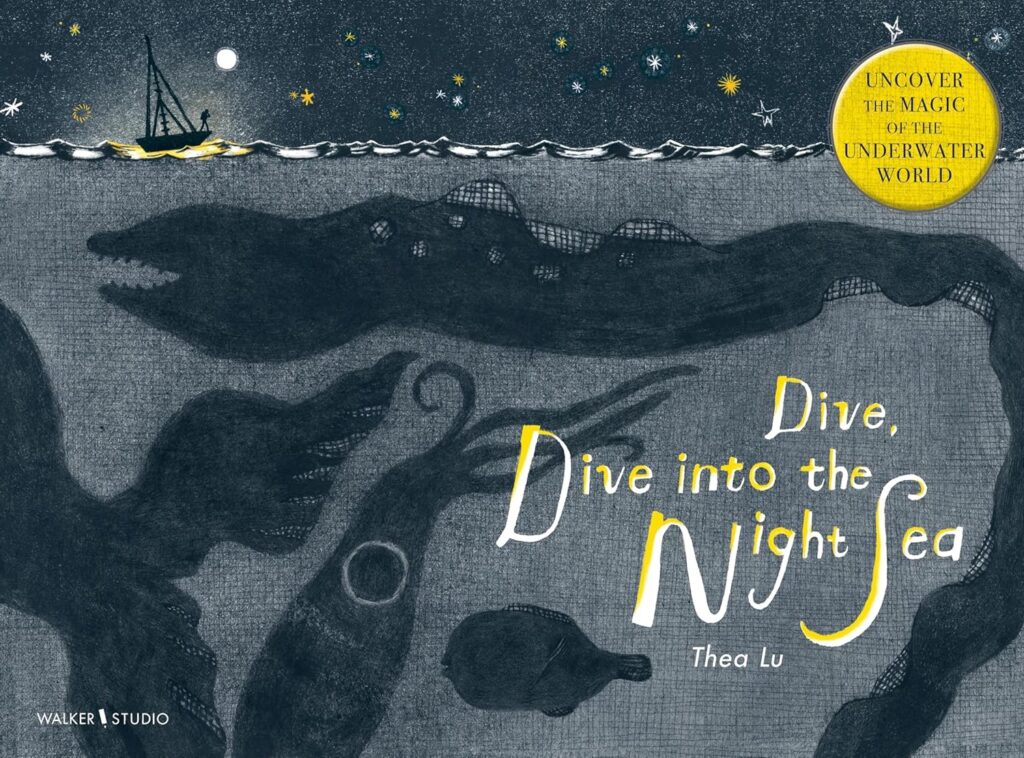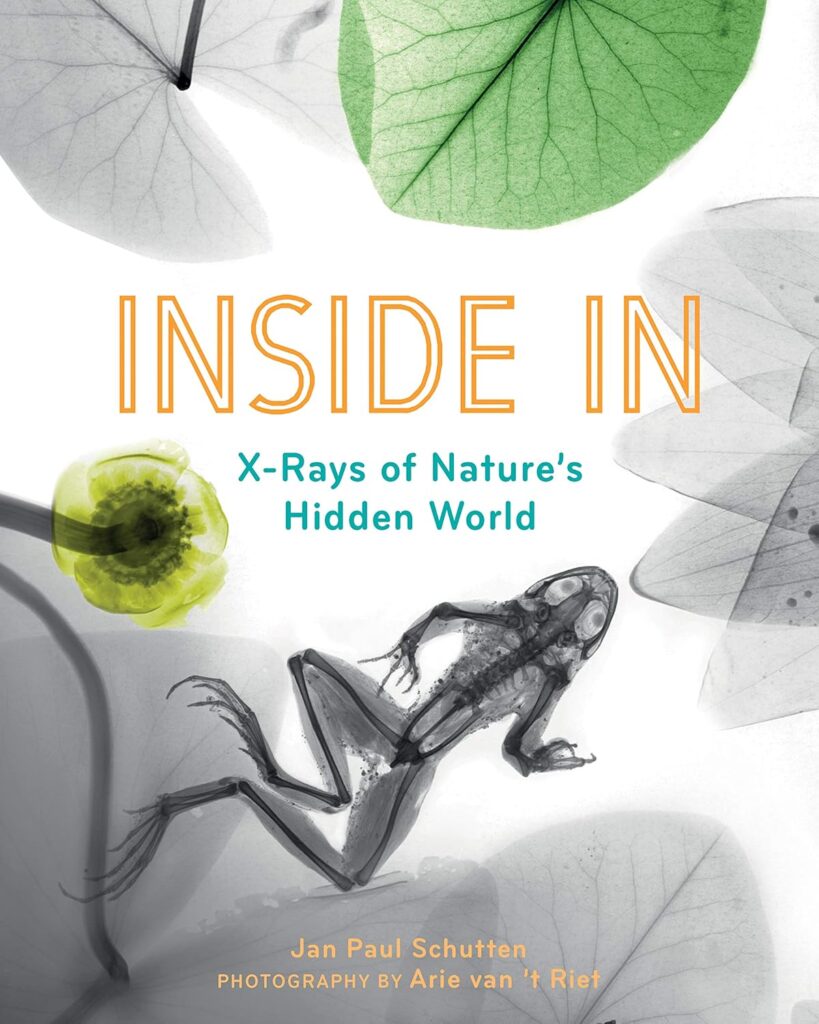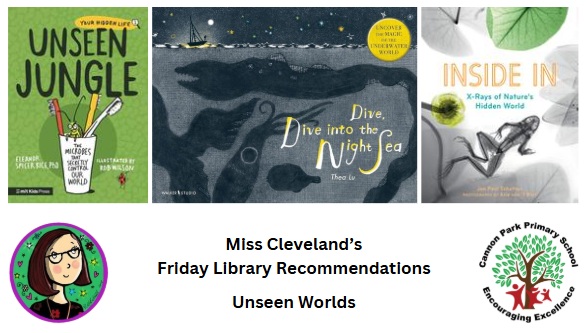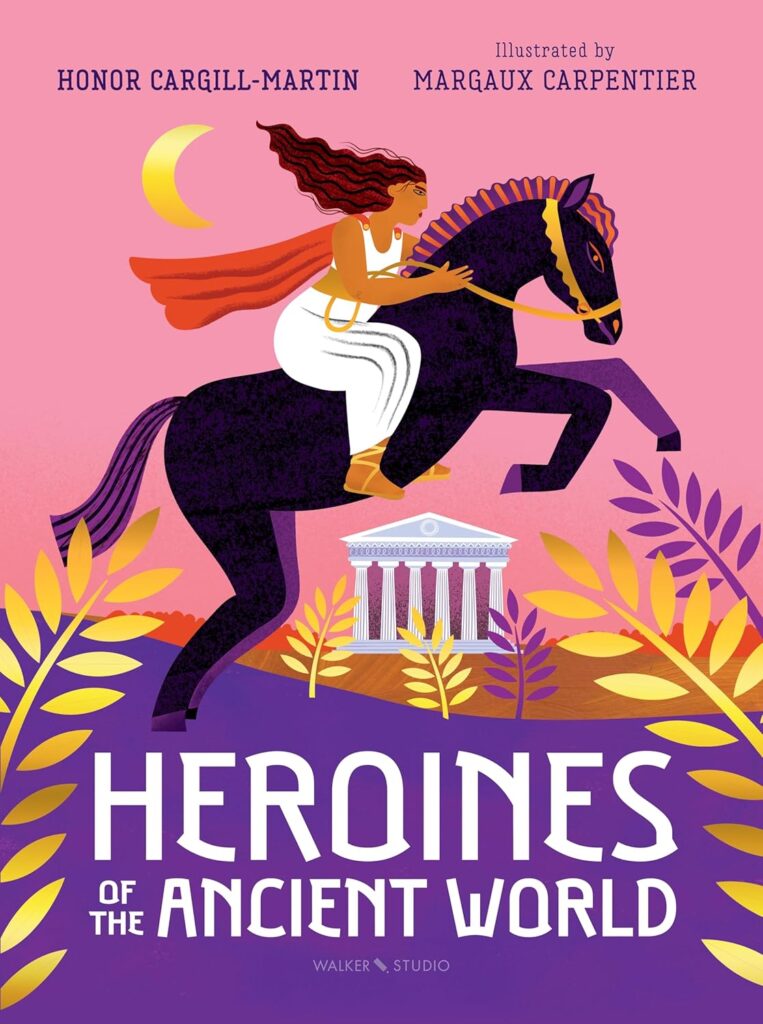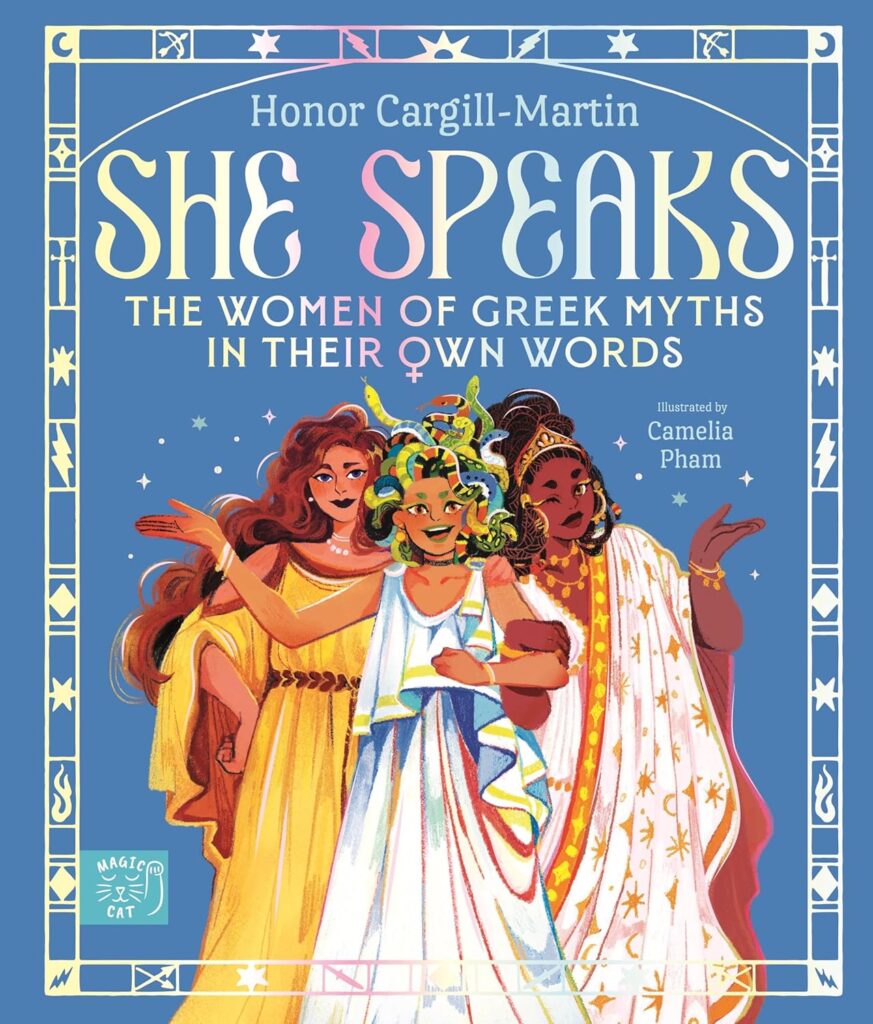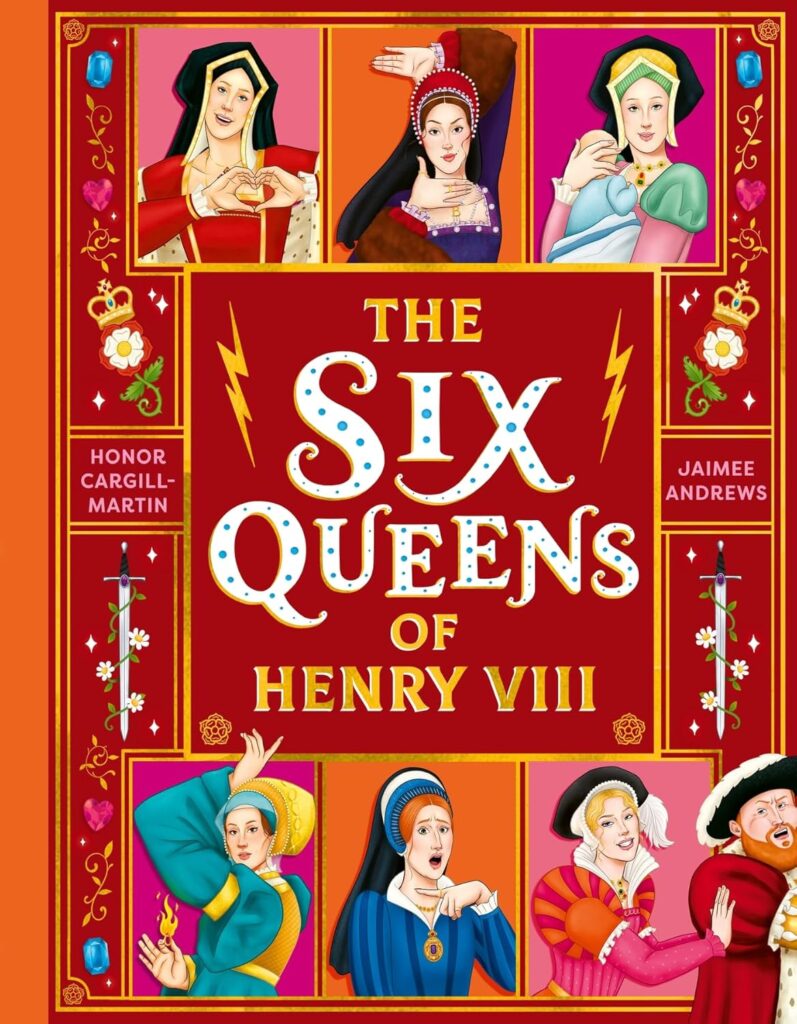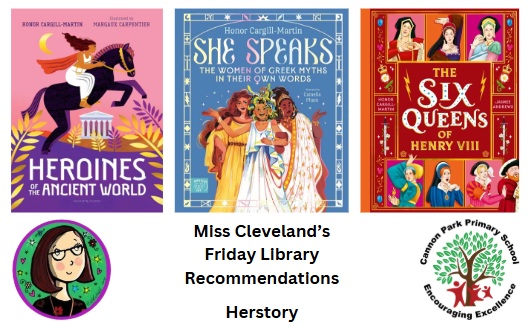Friday Library Recommendations: The Summer Reading Challenge
The Summer Reading Challenge is the UK’s biggest reading for pleasure programme for primary school children in libraries, reaching close to 700,000 children last year. This year, the theme is “Story Garden”, and I have chosen some of my favourite books from The Reading Agency’s Collection.
For our youngest children, I have picked Farah Loves Mangos by Sarthak Sinha, a heartwarming and beautifully illustrated picture book.
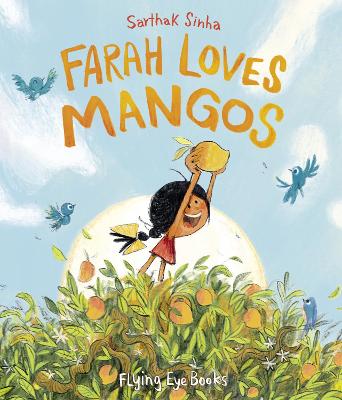
This vibrant story, written by Sarthak Sinha, follows a young girl named Farah who adores mangos, so much so, she dreams of living inside one! Each summer, she visits her beloved Grandpa and together they pick juicy, golden mangos from his garden tree.
But this year is different. The mango tree is bare, and Farah is determined to fix it. With childlike optimism and creativity, she tries everything she can to make the tree bloom again. What follows is a gentle and thoughtful tale about patience, growth, and discovering joy in the little things beyond just the end result.
This book is a lovely way to introduce young readers to the ideas of nature’s cycles and the deeper meaning of relationships with loved ones. Farah’s bond with her Grandpa is particularly touching, and parents may find it sparks conversations about family traditions and the importance of spending time together.
The illustrations are colourful, rich in detail, and perfectly capture the warmth of summer days and the comfort of home. Young readers will enjoy spotting mango-themed surprises throughout the pages.
I love that Farah Loves Mangos is not just a celebration of a favourite fruit, it’s a gentle reminder that some of life’s sweetest moments come from what we learn along the way, not just what we get at the end.
Next up, I’ve chosen Hilda And Twig Hide From The Rain by Luke Pearson, perfect for young readers who enjoy a mix of adventure, magic, and friendship.
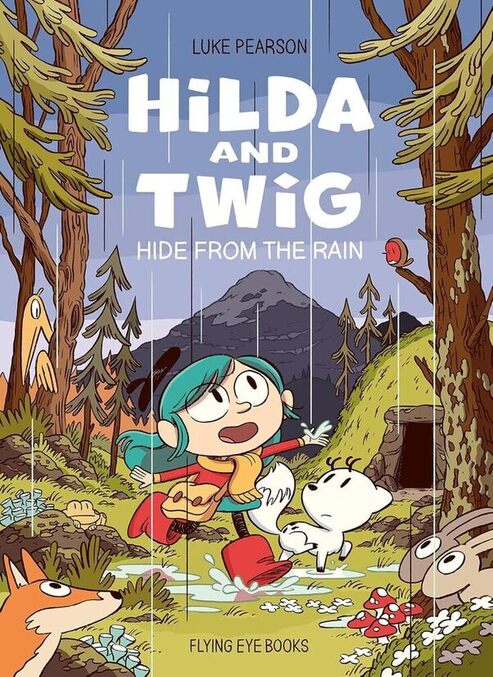
Fans of the Netflix Hilda series or the original graphic novels will be delighted to see blue-haired Hilda and her loyal deer-fox Twig in another thrilling tale.
The story begins with the pair heading out for a forest exploration, undeterred by a little rain. But when a huge storm rolls in, things take a dramatic turn. They find shelter in a strange mound in the ground. But, it’s not just any mound… Something mysterious is going on, and Twig soon realises that Hilda is in serious danger.
I love that this story focuses on Twig. Usually the quieter sidekick, Twig is suddenly pushed into the spotlight and has to face his fears to protect his best friend. It’s a lovely message for young readers: that bravery can come in many forms, even from those who don’t think of themselves as heroes.
The artwork is vibrant and full of character, bringing the magical world of Trolberg and its surrounding forests to life. The comic format makes it easy to follow, especially for children who are growing in confidence with their reading.
With a perfect balance of gentle humour, suspense, and warmth, Hilda and Twig Hide from the Rain is a brilliant rainy-day read that shows the power of courage, friendship, and a little bit of wild imagination. Highly recommended for children who love quirky stories with heart!
And finally, for our older readers, I’ve selected The Last Dragon by Polly Ho-Yen, a magical and heartfelt adventure.
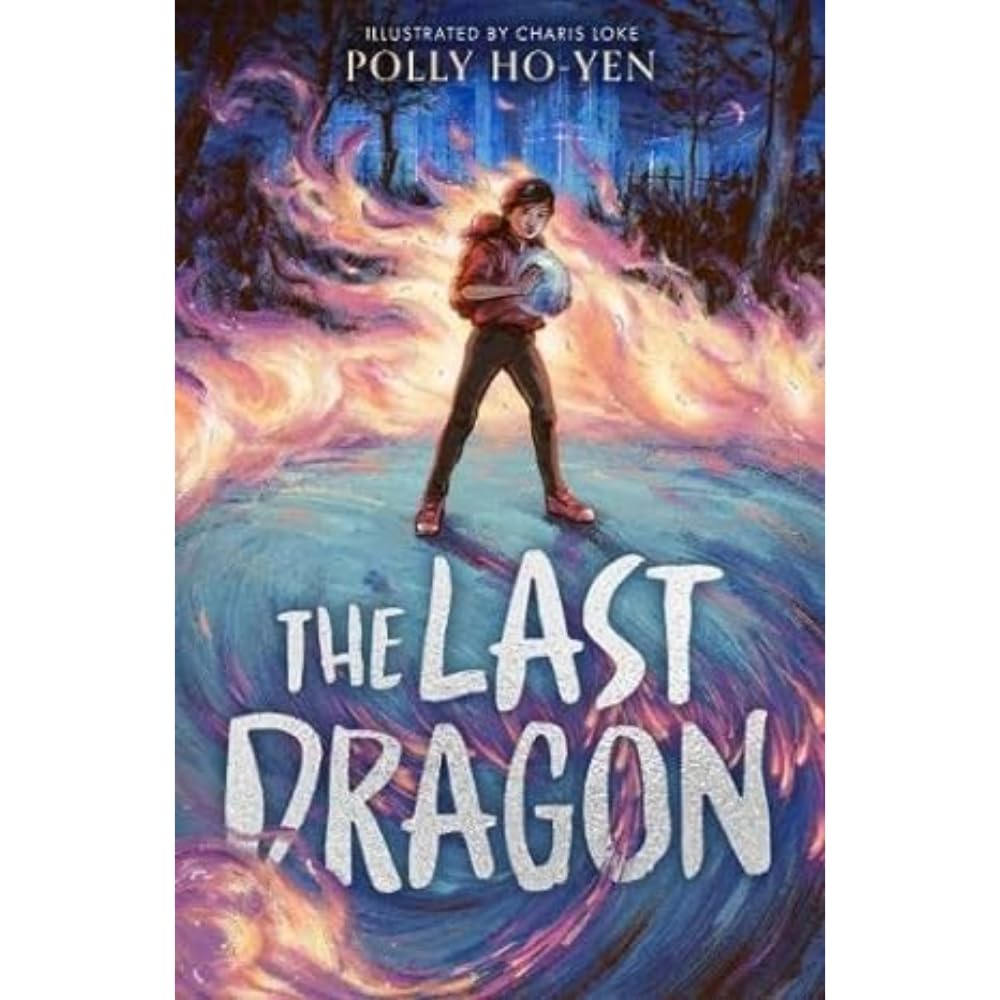
This moving story follows Yara, a young girl navigating some very grown-up problems. Her sister is in hospital, her home life is full of worry, and things at school aren’t much better. Her new teacher thinks she’s nothing but trouble. But Yara’s world changes completely when, under the lights of a Milton Keynes shopping centre, she encounters something unbelievable: the very last dragon on Earth.
In a moment of quiet magic, the dragon leaves Yara its final gift, a single egg. From this point on, Yara is faced with a huge responsibility. The egg holds a power she doesn’t fully understand, and there are people out there who will stop at nothing to take it from her. Yara must summon courage she didn’t know she had, trusting in herself and learning to stand up for what’s right.
This is more than just a fantasy story. It’s a powerful tale about bravery, believing in yourself when others don’t, and caring for the natural world. The blend of real-life challenges with a touch of dragon magic makes it a brilliantly accessible and relatable read for children, and absolutely perfect for readers who enjoy stories with heart, imagination, and a message of hope.

You can take part online, or by signing up at participating libraries, and check out all of the other books in the collection here.
Happy reading!
